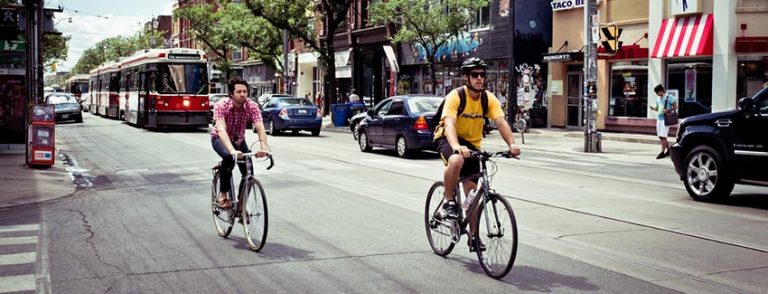Published on October 25, 2016

For urban roadways, traffic-choked streets have become synonymous with the weekday commute. Over the decades, strategic conversations between city officials, engineers and policy makers have sought to lessen congestion and provide increased transportation options. However, as cities continue to develop and populations increase, the results of years of conversation cannot materialize fast enough. On the thrumming streets of Seattle and Nashville, the consumer becomes a key player on urban transportation initiatives.
The project, which is a collaboration between the University of Washington, City of Seattle, Vanderbilt University and the City of Nashville, tackles urban transportation congestion by engaging the individual user through the use of smart devices. The three-year, proof-of-concept project has received a collaborative National Science Foundation (NSF) US Ignite Grant.
Electrical Engineering Assistant Professor Baosen Zhang is the Principal Investigator on the project and Electrical Engineering Assistant Professor Lillian Ratliff is the Co-Principal Investigator. The University of Washington leads the multimodal transit project, collaborating with Vanderbilt University and the Cities of Nashville and Seattle to test the research.
The project utilizes smart devices due to their proliferation in the urban commuter space. The commuters, therefore, become active agents in a shared economy. Currently available applications for multimodal transport solutions focus on individual users and their local perspectives. This current application does not accurately represent an overall solution. Although there is large-scale data being collected by both municipalities and users, neither group has the resources to develop real-time analytics and controls.
“No one has done this type of collaborating and computing before,” Ratliff said. “It not only focuses on commuters as a whole, but it also looks at two socioeconomically diverse cities – Seattle and Nashville.”
Continue reading at the UW Department of Electrical Engineering.
(Originally published by UW Department of Electrical Engineering.)